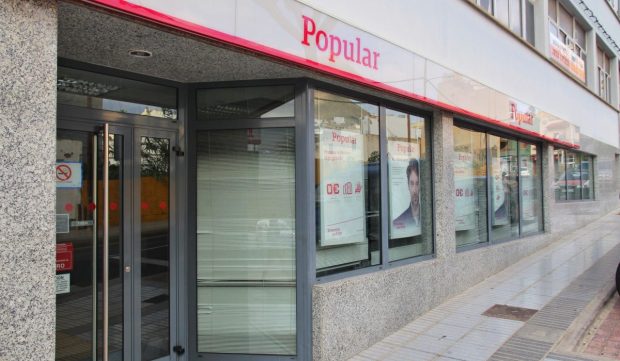NYDFS Expands Banking Program to Reach Underserved Customers

New York’s financial regulator is expanding its program to provide banking access to underserved customers.
The New York Department of Financial Services (NYDFS) announced Thursday (April 13) it had approved the addition of a branch of Popular Bank into its Banking Development District (BDD) in the Bronx, thus expanding the state’s “efforts to expand and retain access to affordable financial services.”
According to a news release, the branch has pledged to offer “affordable and accessible” banking and credit products, while also backing community development initiatives that will bolster small business development and financial empowerment.
“Through collaborative efforts between community banks and government institutions, we can create a more inclusive financial ecosystem that benefits all New Yorkers,” said NYDFS Superintendent Adrienne Harris.
“The reactivation of this BDD branch exemplifies our shared commitment to providing affordable and accessible financial services to underserved communities, empowering individuals and businesses to build a more secure financial future.”
The BDD program, administered by the NYDFS, supports the launch of bank and credit union branches in places in New York State where there is a need for banking services.
As an incentive to take part in the program, the state makes $10 million in subsidized public deposits to banks and credit unions “that open or maintain a branch in an underserved community and offer access to affordable products and services,” the department said.
In this case, Popular Bank will work with New York City’s Housing Authority to take part in its Remote Rent Payment program to provide small business loans, consumer loans, home mortgages and Credit Builder loans, NYDFS said.
As PYMNTS wrote earlier this week, banks have begun indicating that the market values of issued loans are currently less than their balance sheet at the end of 2022. These dropping loan values could place pressure on bank liquidity, triggering a further pullback of business lending that in February had already fallen to just under 15%, a 10-month low.
“This shift couldn’t come a worse time for small and medium-sized businesses (SMBs) already struggle to access credit,” PYMNTS wrote. “Sectors specifically affected include business-focused hotels, as lenders are now requiring more capital from hotel owners over concerns about future declines in occupancy rates that may lead to decreased property values.”
A contraction in lending could be especially bad news for the large portion of SMBs that depend on bank-issued loans, a trend reflected in PYMNTS’ April collaboration with Enigma, “Main Street Health Report.”

